
Soil Health & Fertilization
We unite suppliers and green industry professionals worldwide
Lavender is one of the most beloved herbs in the world, prized for its beautiful odor, stunning purple flowers, and diverse applications. It has been grown for thousands of years as “the herb of calm”.
By Mariam Scott
|Published on September 23, 2025
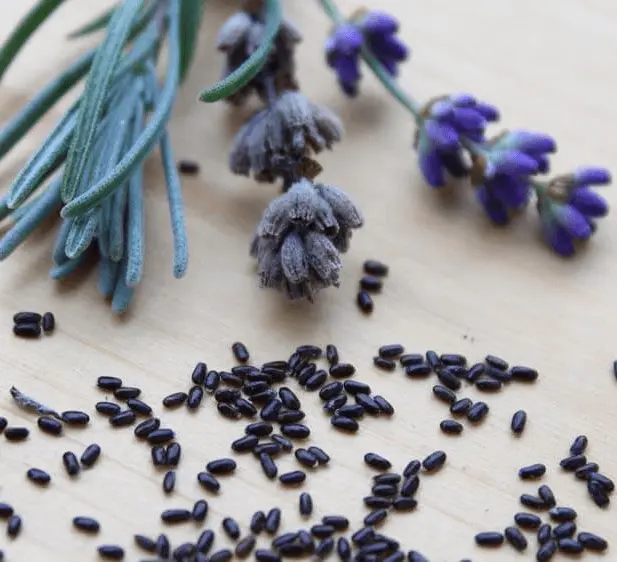

Lavender (Lavandula angustifolia) is one of the most beloved herbs in the world, prized for its beautiful odor, stunning purple flowers, and diverse applications. Lavender has been grown for thousands of years across Europe, around the Mediterranean, and into Egypt and the Middle East as “the herb of calm”.
Successful germination of lavender seeds at home brings with it the chance to take an active part in growing these lovely herb plants from the very beginning, resulting in healthy blooms and a garden filled with color and fragrance. Lavender doesn't just add color and scent to your garden; it also contributes to ecological harmony by attracting beneficial pollinators such as bees and butterflies.
Lavender is much more than just beautiful; it has historical uses as both a medicinal and a culinary herb. The ancient Egyptians used it in mummification, in ancient Rome, it was integrated into baths for relaxation, and herbalists through the centuries have prized it for its antiseptic and soothing properties. Today, lavender seeds are still one of the most loved seeds among gardeners and herbal lovers, because when these plants grow up and are ready to use, you find countless ways to make use of them — from a lovely dried arrangement and essential oils to teas, desserts, and skin care products.
| Scientific Name | Lavandula angustifolia |
| Common Name | Lavender Seed |
| Family | Lamiaceae (Mint family) |
| Leaves | Narrow, gray-green, and aromatic. |
| Flowers | Small, purple spikes arranged along woody stems. |
| Height | Typically 1–3 feet tall. |
| Roots | Deep, fibrous roots that help tolerate dry conditions. |

September 25, 2025
9 minute read
September 24, 2025
9 minute read
September 23, 2025
10 minute read
September 22, 2025
9 minute read


Join as a seller and connect with thousands of B2B buyers nationwide!
Sign Up
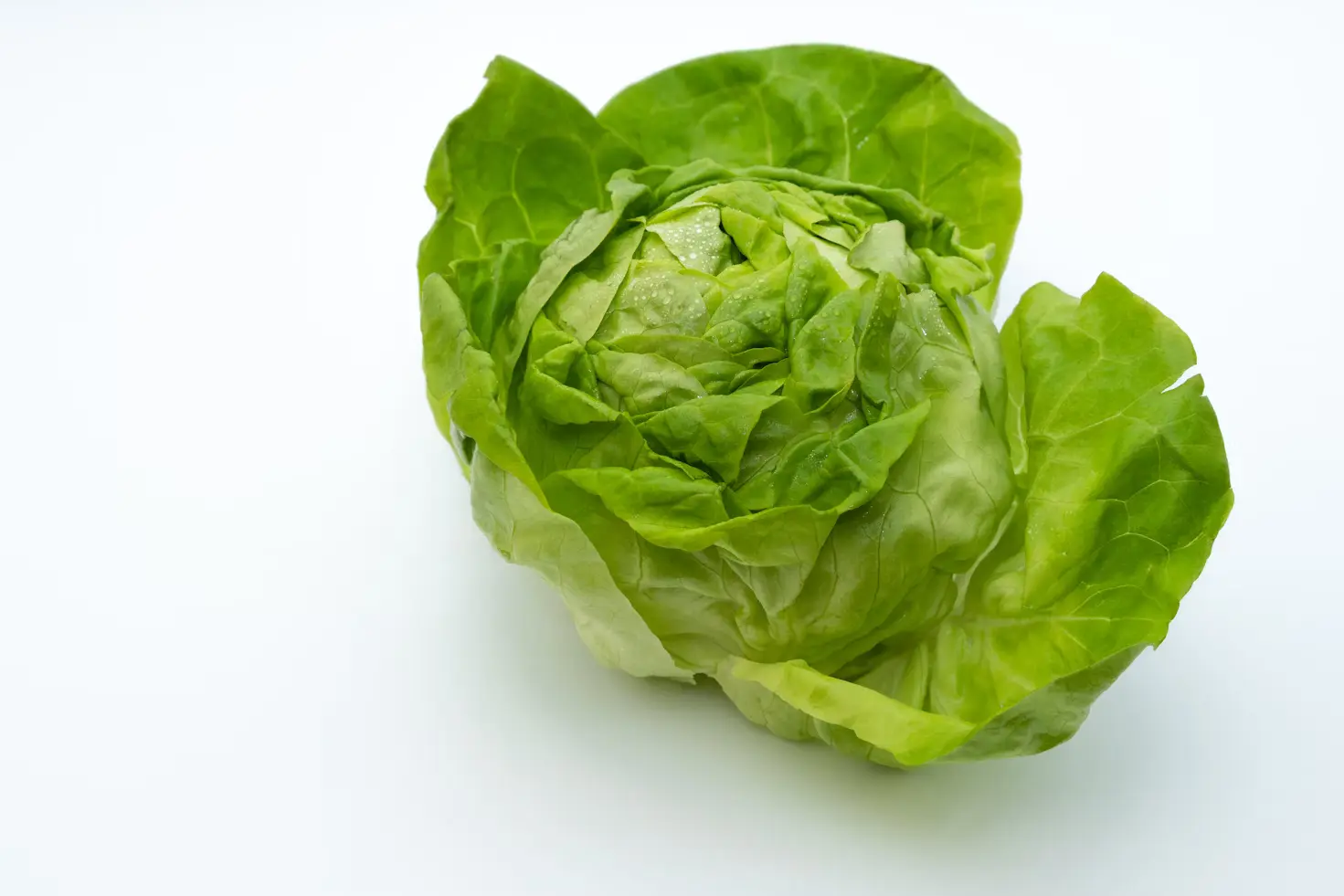
Iceberg Lettuce
Iceberg lettuce is among the most popular lettuces eaten globally, due its crunchy texture and refreshing and mild taste. Its flavor is subtle, but it is a source of vitamins A and K, fiber, and hydration, making it a crucial food.
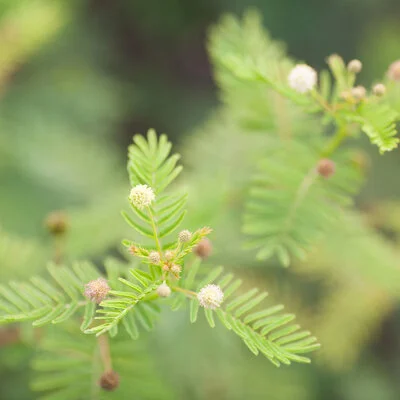
Illinois Bundleflower
The Illinois Bundleflower is a homegrown annual plant that can grow in rough conditions. It provides a diversity of ecological and practical advantages.It fits the mild climate, but is admired because of its ability to survive in even poor soils.
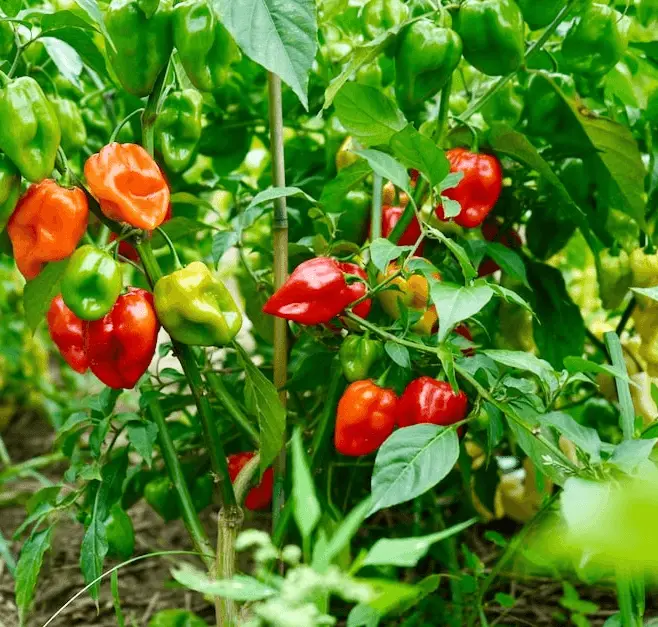
Habanero Pepper
The Habanero pepper is a famous chili pepper worldwide and is known for its intense flavor. It is a favorite among pepper enthusiasts. These peppers are famous for their extremely hot and fruity flavor.
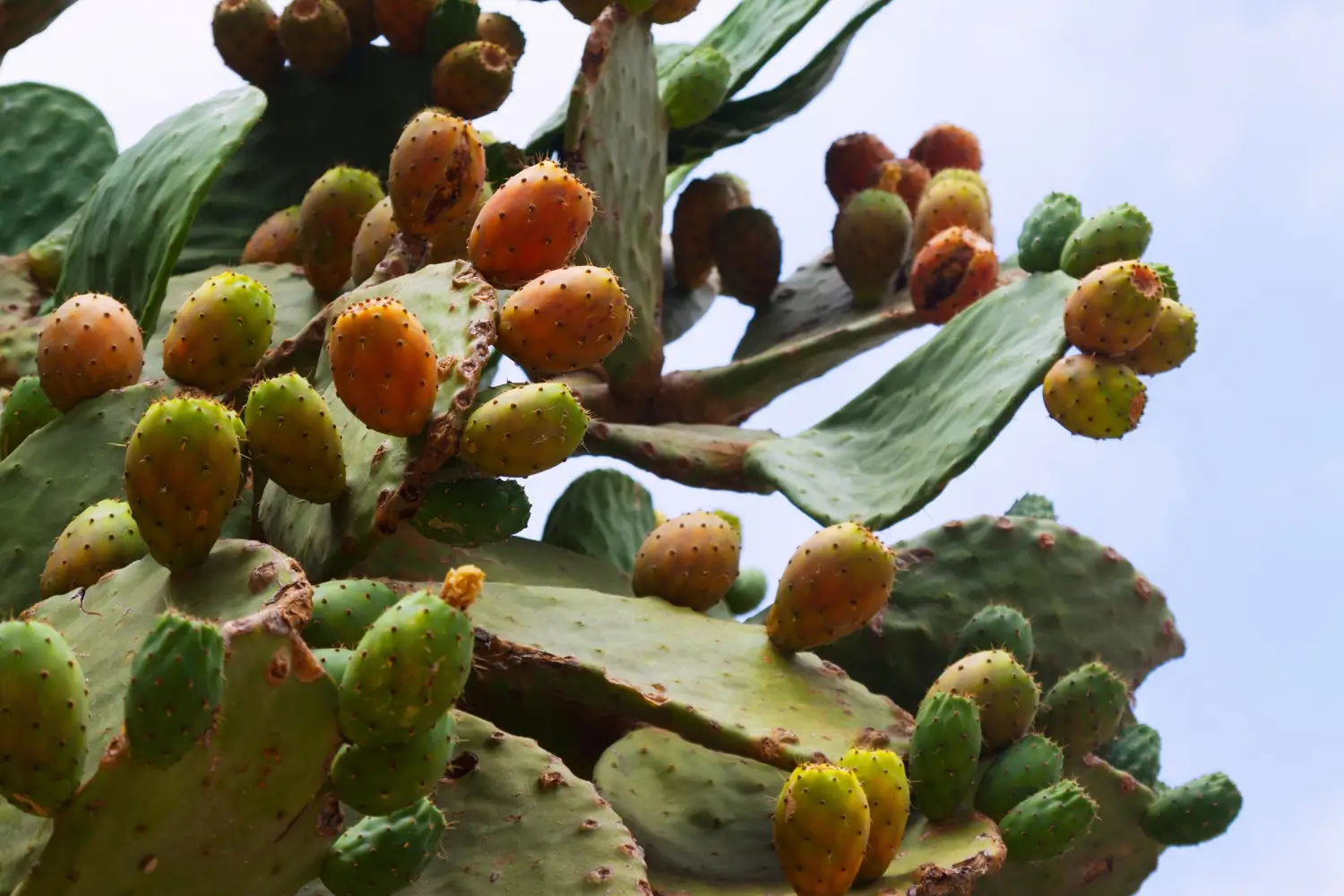
Cactus Prickly Pear
Cactus Prickly Pear is a species of Cactus, and it's a rather unique and versatile type of succulent.
Lavender has been treasured for millennia in Europe and the Mediterranean for its rich fragrance and soothing, therapeutic qualities. It was commonly employed in herbal sleep, relaxation, and mild pain relief remedies. Lavender oil remains a popular item today for use in aromatherapy and other natural remedies. It is not only home to health benefits but has been put to decorative use in gardens, bouquets, and dried arrangements.
Lavender is one of the very few herbs that is fragrant, beautiful, and tough. It doesn’t die at the end of the summer like mint or basil either: It grows woody stems and silvery-green leaves that hang around during the cold. It is rich in essential oils, with the flowers having the highest concentration of these compounds, which are easily extracted. Lavender can also do well in dry, rocky soil, more so than many other herbs.
Lavender was among the plants favored by ancient Egyptians, who employed it in mummification and as a component of perfumes. It was also prized in medieval Europe for its “remedies,” which it was said to protect against infection and soothe the spirits. It is still one of the most widely used herbs in aromatherapy, culinary practices, and home decoration and garden.
Lavenders have a scent that reminds people of summer and of Provence, with its sun-drenched fields of Lavender plants. They have the silvery foliage and flower spikes that bring in pollinators. Plants are perennial and can persist for many years with little attention. Lavender also appreciates full sun and well-drained soil to avoid overly wet conditions and root rot.
Lavender is used in cooking, medicine, and as an ornamental plant. Its oils are used in soaps, perfumes, and aromatherapy. Great for sachets, potpourri, and DIY craft projects. A popular ingredient in the kitchen, lavender bestows a slightly sweet, floral flavor to baked goods, teas, and savory sauces.
Plant in full sun and well-draining soil; lavender seed prefers to grow in sunny gardens. The soil should be a little alkaline and have good drainage in order to avoid root rot. Seeds require patience, as germination can take 2–4 weeks. Once the lavender is established, maintenance is minimal.
Due to their aromatic oils, lavender is resistant to most pests and diseases. On the down side, wet roots can sometimes become infected with fungus, or the plant may develop root rot if proper drainage is lacking.
For added protection against occasional pests, you can use insect repellents available at Growcycle to keep your plants healthy.
Lavender seeds are very small and dark; they need light and warmth to germinate. It may help germination to pre-soak, or at least stratify them. Soil also needs to be kept moderately moist and not waterlogged.
Lavender seeds are generally viable for 2–3 years. Germination time could be slower or less uniform with older seeds. Strong, healthy seeds lead to strong, healthy seedlings, which in turn grow into robust plants with aromatic leaves.
You can find lavender as seeds, cuttings, or divisions. Those that germinate quickly can be sown in pots or seed trays in a greenhouse, then covered with a fine layer of compost and kept warm until germination. It will take longer to grow a mature blooming plant from seed. Cuttings are the faster route to mature flowering plants.
Lavender will not bloom until the first or second year, and it takes months to grow into seedlings. Collect blooms when they are fresh and open for essential oils or drying. Cut back regularly after flowering for a more bushy habit and extended flowering.
The flowers of the lavender plant can be harvested fresh, dried, or distilled to create lavender oil. Dried flowers stay fragrant for months. Dried flowers stay fragrant for months, and lavender oil should be stored in airtight, dark containers to maintain its quality.
Lavender is an amazing, fragrant herb that brings beauty, fragrance, and uses for home and garden. Its seeds provide the starting point for growing plants that have flowers, essential oils, or are attractive to pollinators. Tended the right way, lavender flourishes in the sun and quick-draining soil and becomes a long-lasting, versatile plant.
Typically 6-12 months after initial blooms if growing conditions are right.
A few types can handle light frost, though a mature plant should be protected in colder climates.
Harvest cut stems when flowers are first beginning to bloom for the richest oil content.
Yes, for 2-3 years as long as they are stored in a cool, dry place.

Soil Health & Fertilization
Victor Miller

Pest Identification & Prevention
Victor Miller

Lawn Care Tips & Maintenance
Victor Miller

Soil Health & Fertilization
Victor Miller

Smart Irrigation Systems
Victor Miller

Patios, Walkways & Driveways
Victor Miller

Soil Health & Fertilization
Victor Miller

Pest Identification & Prevention
Victor Miller
My Account
Our team is always here to help.
We are open Monday - Friday, 9:00 AM to 4:30 PM PST.